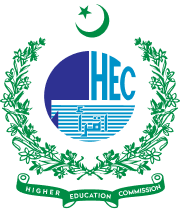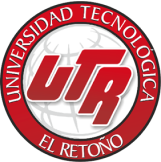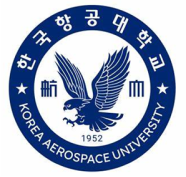Related projects
Discover more projects across a range of sectors and discipline — from AI to cleantech to social innovation.
Additive manufacturing that is commonly called 3D printing has been identified as the 3rd industrial revolution because the outstanding flexibility that it brings to designer in the industry. Because the part is printed layer by layer, almost any complex geometry that can?t be made by conventional methods can be fabricated in a wide range of material like polymer, metal and ceramics. On the other hand, a major drawback of this technology limits its application in real engineering scenario in the industry and it?s the surface roughness of the printed part. Because of its rough surface, the mechanical properties of the printed geometry are considerably affected because the imperfections will tend to initiate crack propagation that will subsequently lead to the failure of the concerned part. This study will focus on 3d printed metal parts made from titanium because of its high importance in biomedical and aerospace applications. To solve the surface roughness problem, the post ? processing characterisation of the printed geometry need to be evaluated. TO BE CONT’D
Yaoyao Zhao
Julien Marleau-Finley
Imperial Oil Ltd.
Engineering - mechanical
Advanced manufacturing
McGill University
Accelerate
Discover more projects across a range of sectors and discipline — from AI to cleantech to social innovation.
Find the perfect opportunity to put your academic skills and knowledge into practice!
Find ProjectsThe strong support from governments across Canada, international partners, universities, colleges, companies, and community organizations has enabled Mitacs to focus on the core idea that talent and partnerships power innovation — and innovation creates a better future.
























































































































































































































































































































